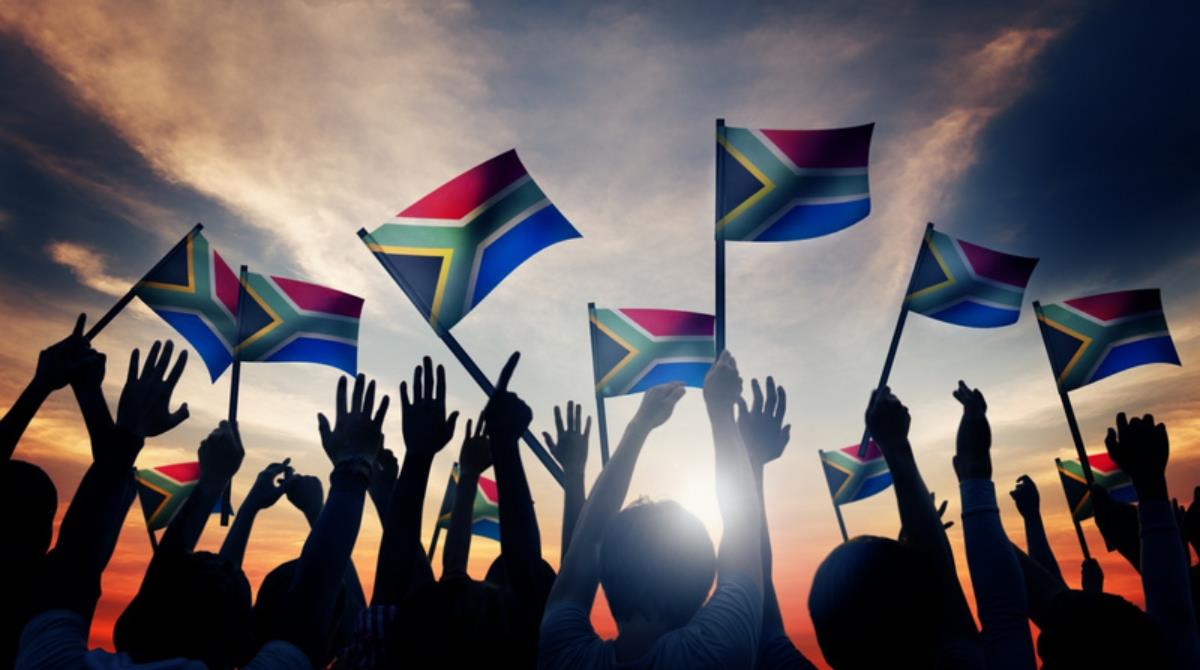South African Universities Reopen: Who Goes Back To Campus Today?
Monday, 01 June 2020
South Africa’s Minister of Higher Education, Science and Innovation Dr Blade Nzimande, in an effort to save the 2020 academic year, announced last week that tertiary institutions would gradually be reopened starting the first day of June. Are you one of the lucky ones who return to on-campus education today?

South Africa has moved from “level four” to “level three” lockdown today, following an announcement by President Cyril Ramaphosa. Nzimande announced that from the first day of June, a maximum of 33% of post-school students may go back to campus.
How will universities reopen?
Taking a gradual policy, universities will reopen with caution and will implement all the safety measures necessary in order to avoid the unwanted: a wave of contagion.
- Under “level four”: it was allowed for a controlled return of final-year students but only in certain programmes: the ones requiring clinical training, starting with medicine and the phasing in of all other programmes such as nursing, dental and veterinary sciences.
- Under “level three”: 33% of the student population are able from today to return to campuses, delivery sites and residencies. This is allowed only on condition they can be safely accommodated and supported in line with the health and safety protocols.
What will happen afterwards?
After that, under “level two”, a maximum of 66% of the student population can return to campus. Who? Students of all years who require technical equipment and practical placements, experiential learning or workplace-based learning to complete the academic year and first year students in all undergraduate programmes.
Then, under “level one”, it is estimated and expected that 100% of the student population should return to campus. Nzimande highly stressed the following: “We are therefore going to require the strictest enforcement of physical distancing and health protocols.”
Who are the students that can go back to campus starting today?
The students that are allowed to return to campus are:
- Students in the final year of their programme who are on path to graduating this year;
- Final year students who require access to laboratories, technical equipment, data, connectivity and access to residence and private accommodation;
- Students in all years of study that require clinical training in their programmes (if there are enough space and safety provisions available that permit this reestablishment of students);
- Postgraduate students who require laboratory equipment and other technical equipment;
In addition to these, according to Nzimande , institutions may also consider to select some students to return. These students are the ones “who may face extreme difficulties in their home learning environments provided that the above categories are prioritised and all safety and logistical requirements are met”.
Depending on the readiness and capacity of each institution, they will have to recall students to start contact tuition two to three weeks after the announcement.
What are the implications this decision may entail?
With all the appropriate and careful safety measures, this will be a cautious but intelligent first step towards putting a stop to the pandemic. Even though it won’t be the same as the regular kind of on-campus university education, it’s an important part of the process and if successful, it will be the lead for other nations to do the same.
This move to level three could mean that the academic year, of some students at least, which comprises 27 weeks of contact learning, might be completed without spilling over into the next year.
Related Articles
















